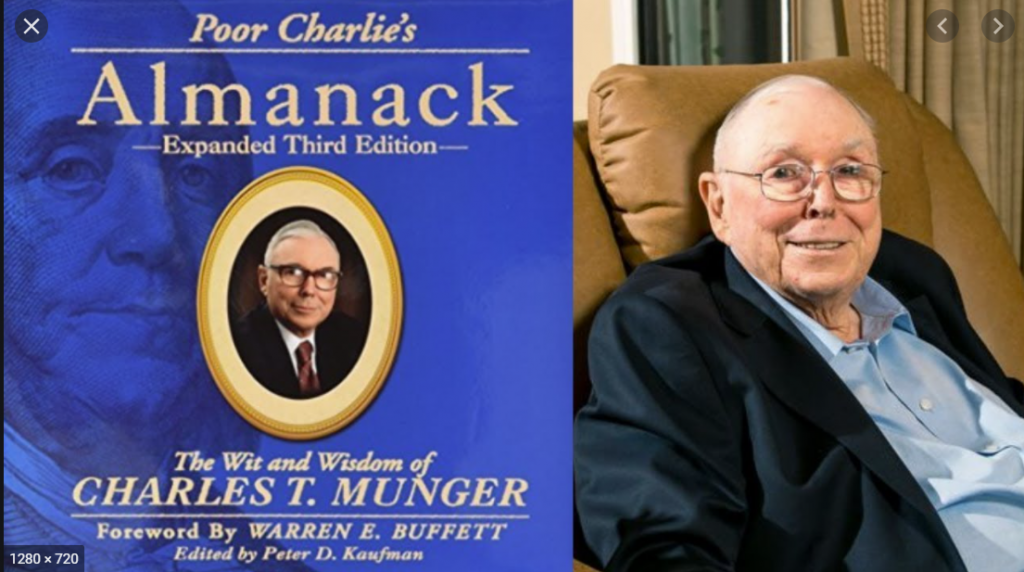When you peel back the layers of company growth, it looks like a labyrinth.
It’s connected to every part of a business and nearly every single part of a business can have an impact on how it grows.

With a record number of startups trying to differentiate themselves, understanding the potential holes and blind spots within a growth strategy is incredibly important when building a scalable business that oozes growth.
As someone who has spent the last 10+ years advising companies of all shapes and sizes how to grow and be successful in the long run, there are 3 core issues I still see smart marketers struggling with.
Not enough focus on the long-term growth levers of the business
Most growth marketers I encounter are much more tactical than they are strategic. There has become a strong tendency to lean into what seems like the single lowest hanging fruit tactic and ignore the rest.
Growth != triage
While the adage ‘Sales solves all problems’ is likely the impetus for this, it is much to short sighted when evaluating the needs of the business. This likely comes from the circumstances in which growth marketers are generally hired – businesses and entrepreneurs wait until they have a growth “problem” before going to and seeking help, creating a high pressure situation where the growth team needs to show quick results rather than sustained results.
A secondary component of this is not understanding the lifetime value of a customer. Growth is a long game and breaking down a company’s value props and how they benefit customers for more than just the initial sale, is an integral part of a successful strategy. Not everyone can operate like Steve Jobs and have the intuition to know what their customers want. Marketers truly need to immerse themselves in an industry to understand the what, why, and how someone would want to purchase their product.
Attempt to grow lead flow in a vacuum, ignoring other parts of the customer experience
While demand generation and conversion rate optimization is tied to an exponential increase in sales, it is a one-dimensional pathway and is a massive blind spot for growth marketers today.

True growth rarely comes only from an increased flow of leads.
The best growth marketers understand how important the onboarding process is, how critical excellent customer success and what viral loops can do for a business. They are incredibly symbiotic and lead to true exponential growth without needing to continue spending working dollars on-demand generation campaigns.
Additionally, content creation, particularly from an SEO standpoint is often overlooked and can be a fatal mistake for early stage companies. Proper organic research and understanding the informational hierarchy of a product and its related keywords can help a business understand exactly how a customer thinks about and purchases a product.
It also helps the business develop a long term strategy to build expertise, authority and trust – three factors which are not only integral to a successful SEO campaign but can also create an amazing value for customers or potential customers by allowing them to understand exactly who is an authority in the space they’re evaluating.
Forget people are inherently lazy
Too frequently I see websites with 4+ pricing options, a lack of solution thinking, and the creation of complex, kludgy funnels which ooze dropoff. Beyond that, a lackluster onboarding process makes the client have buyer’s remorse right away. This is not the solution.
GROwth problems are easily solved by understanding how people make decisions
I believe all growth marketers should fundamentally understand how people make decisions, and the psychology behind how people compare and evaluate different options. By remembering that the path of least resistance is always going to be easier to flow down than a difficult one, growth professionals often end up at odds with product or engineering teams who are building useful features but not thinking about how these features will alter the behavior of a possible customer.
My new favorite growth marketing superpower has been the field of behavioral economics. By understanding common mental models, decision-making heuristics, and more, it is possible to improve all aspects of a growth stack in a strategic fashion, rather than focusing only on tactics.
How Can You Improve?
While there is no shortage of content online about how to learn growth marketing and behavioral economics, the two best resources are well known individuals with published books. Sure you can find this stuff online, but having it curated by these brilliant individuals makes it easier to understand and faster to apply.
The first one of these two people is the brilliant Charlie Munger. Charlie is Warren Buffet’s long time partner and still is as sharp as a tack even at 97 years old. That is because he has spent most of his life learning, and forcing his mind to feel younger. Many years ago several of his friends wrote one of my favorite books I’ve read in the past few years called Poor Charlie’s Almanack. The name is a play on the famous book, Poor Richard’s Almanack, published by one of Charlie’s favorite people, Benjamin Franklin.

Poor Charlie’s Almanack is a coffee table sized book with all of his wisdom, wit, mental models and more.
The second individual who has produced some of the most amazing behavioral economics content is the vice-chariman of Oglivy Advertising, Rory Sutherland.
Rory has been working in advertising for the past 30 years and has helped companies evaluate and understand the different decision-making mechanisms in countless industries. He has written several books on the topic, my first exposure was through his book Alchemy: The Dark Art and Curious Science of Creating Magic in Brands, Business, and Life.

In this book he goes into examples of how some of the biggest brands in the world, Red Bull, American Express, and Microsoft brilliantly use behavioral economics to improve their businesses.
Here he is in a recent tweet, explaining how we can use the same principles to encourage mask-wearing by reframing the problem, something growth marketers NEED to do in order to be successful.
In closing
As we move into 2021 and beyond, creating clear points of difference between your business and your competitors is becoming even more important. Growth marketers who understand how to the full flywheel of what they are involved in are the ones who will build successful companies.
The biggest mistake you can have is standing still or thinking you know everything. Don’t fall into that trap.
